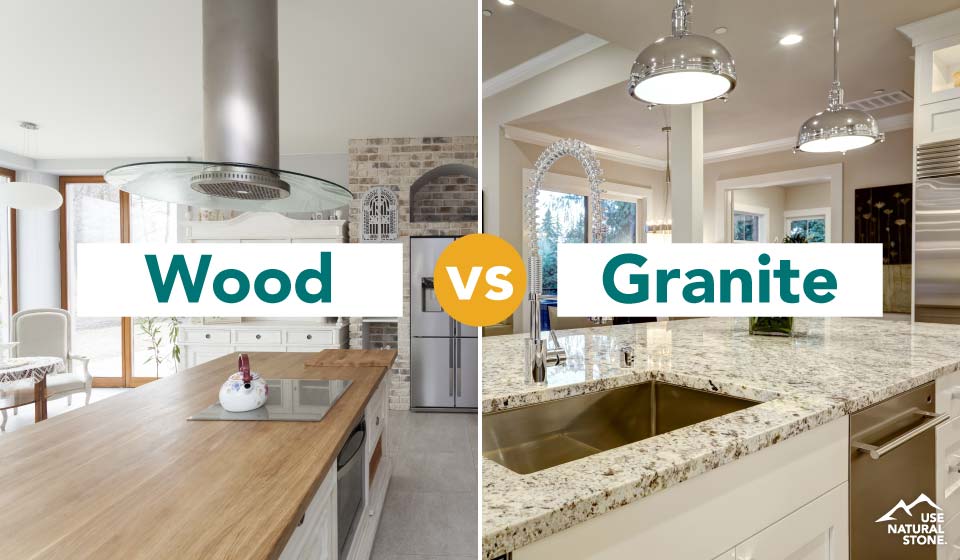Introduction
Selecting the right worktop is essential for a successful space makeover, as it influences both aesthetics and function. Worktops are central to the kitchen, bathroom, or workspace design, setting the tone for the room’s style and usability. Among the popular choices, granite and ceramic stand out for their unique qualities and visual appeal. This guide will help you evaluate granite and ceramic worktops to determine the best fit for your needs.
Granite: Timeless Natural Beauty
Granite worktops are cherished for their natural, unique beauty. Each granite slab is distinct, showcasing one-of-a-kind vein patterns, colors, and textures. Extracted in large blocks and cut into slabs, granite offers natural elegance that appeals to homeowners and designers alike, making it an ideal focal point in kitchens or bathrooms. Its luxurious, earthy feel adds sophistication to any room, and because no two granite slabs are identical, choosing granite is like bringing a piece of nature into your space.
Ceramic: Artistic Versatility and Customization
Ceramic worktops bring a modern, artistic quality to interiors. Created from fine clay that’s shaped, painted, and kiln-fired, ceramic offers a high degree of customization. Unlike natural stone, ceramic can be manufactured in a consistent range of colors and patterns, ensuring a cohesive look across various surfaces. This control over the color and design makes ceramic a popular choice for people who want a specific aesthetic or need a worktop to match an existing color scheme. Ceramic’s clean, minimalist lines make it versatile for modern and contemporary interiors.
Appearance and Style
When it comes to appearance, granite and ceramic cater to different design preferences, each offering unique visual qualities.
Granite’s Rich Natural Appeal
Granite surfaces are known for their polished, glossy finish and depth of color, ranging from neutral tones to rich, earthy shades. The natural alignment of minerals within the stone gives granite its characteristic veins and textures, making each slab a work of art. This element of exclusivity appeals to homeowners who seek a unique and luxurious look, as granite brings a sense of grandeur to any room.
Ceramic’s Sleek, Adaptable Look
Ceramic worktops, on the other hand, offer endless versatility in color and design. Thanks to their man-made origins, ceramic countertops can be crafted to fit any shade or pattern, from pure white to bold, vibrant hues. This flexibility allows ceramic to blend seamlessly into any interior style, whether it’s modern, traditional, or eclectic. Its sleek, minimalist appearance suits spaces where a clean, streamlined look is desired, making ceramic an attractive option for a contemporary design.
Durability and Maintenance
Both granite and ceramic worktops are durable, but they differ in terms of care and maintenance needs.
Granite: Requires Regular Care
While granite is resilient, its porous surface can be prone to scratches, stains, and etching from acidic substances. To protect its beauty, granite requires regular sealing, usually every one to two years, which helps prevent liquids from penetrating the surface. Regular maintenance can help preserve its polished look and prevent damage, making it suitable for homeowners who don’t mind some upkeep.
Ceramic: Low-Maintenance Durability
Ceramic worktops are known for their durability and ease of care. Non-porous and resistant to scratches, heat, and stains, ceramic surfaces do not require sealing, making them a low-maintenance choice. Ceramic’s resilience to heat and moisture makes it ideal for busy kitchens where spills, high temperatures, and daily use are common. A simple wipe-down with a damp cloth is often enough to keep it looking pristine.
Quartz: The Maintenance-Free Option
For those considering alternatives, quartz worktops offer an appealing middle ground. Made from natural quartz combined with resin, quartz countertops are non-porous, scratch-resistant, and easy to clean. Quartz doesn’t require sealing, which simplifies maintenance over time. Its durability and consistent appearance make it another excellent option for busy homeowners who want a polished look with minimal upkeep.
Cost Comparison
The cost of granite and ceramic worktops varies depending on factors such as quality, brand, and installation expenses.
Granite: Natural Beauty at a Variable Price
Granite prices can range widely, depending on the rarity and origin of the stone. More exotic granite types with unique colors or patterns can be more expensive, while more common varieties may be budget-friendly. Although granite is generally cost-effective compared to high-end materials, its price can rise with custom installations and complex designs.
Ceramic: A Budget-Friendly Choice
Ceramic is often an affordable option for those seeking customization without a high price tag. Since ceramic can be manufactured to order, the price can be adjusted to fit most budgets. However, ceramic worktops may still require professional installation, so labor costs should be considered.
Environmental Impact
Sustainability has become an essential factor for many when choosing materials. Both granite and ceramic offer eco-friendly options, though their environmental impacts differ.
Granite: A Natural but Finite Resource
As a natural stone, granite is a finite resource, and its extraction requires energy-intensive quarrying processes. However, granite is highly durable and can last decades, reducing the need for frequent replacement. Its longevity offsets some environmental impact, as fewer resources are consumed over its lifecycle.
Ceramic: Sustainable and Recyclable
Ceramic worktops are typically made from clay, a readily available and abundant material. Additionally, ceramic can be recycled or repurposed, reducing its environmental footprint. The minimal upkeep required for ceramic surfaces also means fewer chemicals and cleaning agents are needed, adding to its eco-friendly profile.
Conclusion
Choosing between granite and ceramic worktops ultimately comes down to individual style preferences, maintenance tolerance, and budget. Granite’s natural beauty and one-of-a-kind patterns make it a desirable choice for those who value uniqueness. In contrast, ceramic’s customizable, low-maintenance qualities make it a top pick for modern spaces and busy households. Whichever you choose, both materials offer durable, visually striking surfaces that can enhance the style and functionality of any room.
Keep an eye for more news & updates on Qiuzziz!
